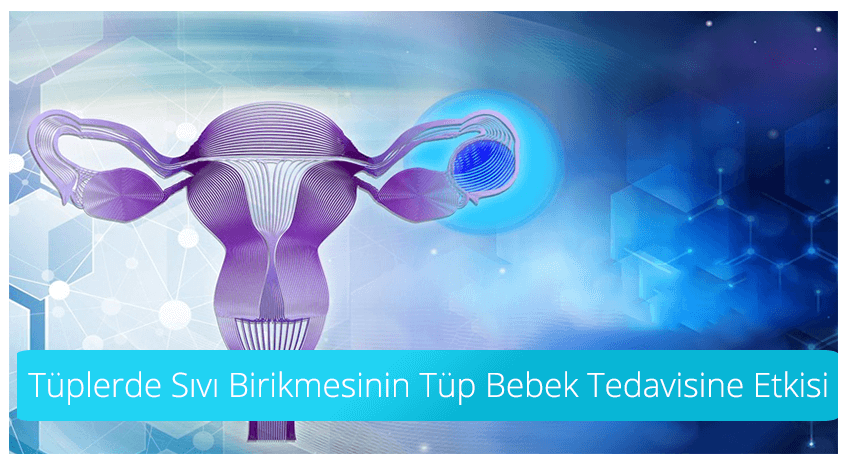The presence of fluid in the tubes, called hydrosalpinks, is a problem that directly affects IVF treatment. The presence of liquid in the tubes affects the chances of the embryo we transfer to be held there by half. Therefore, these tubes need to be removed before IVF treatment.

The failure of IVF treatment may be caused by hydrosalpinine. Hydrosalpinx is a treatable disease that is defined as clogged tubes and filled with fluid.
Hydrosalpinks Treatment
IVF treatment is a difficult process both financially and morally. Any details that may cause failure during this treatment should be carefully examined and treated. Research shows that in vitro fertilization fails when the ends of the tubes are clogged and filled with fluid (hydrosalpinks).
Even when unilateral hydrosalpinks can cause failure. It is known that pregnancy rates are lower in cases where fluid is seen in the tubes on ultrasound, but when the tubes are obstructed but there is no liquid in the ultrasound. It has been shown that the removal of tubes in the hydrosalpinx increases the chance of success in the IVF.
Effects of hydrosalpinx
It has been discussed for a long time whether tubes taken before IVF disrupt blood supply and response to ovaries. However, studies show that taking the tubes does not affect pregnancy rates and the number of eggs obtained. It is not clear how the fluid in the hydrosalpinx is effective and why it reduces success. In general, it is thought that the flow of this fluid into the uterus prevents the embryo from clinging into the uterus, both mechanically and chemically.
Hydrosalpinks in IVF
Although it is recommended that hydrosalpinx should be administered before starting the IVF, in some cases it may be detected at any stage of IVF treatment. In such cases, it is recommended to freeze all embryos obtained.
Embryo transfer should be performed after hydrosalpinx treatment. The same recommendation applies to the presence of fluid in the uterus. In addition to taking the tubes, treatment methods such as opening salpingostomy, connecting the tubes and emptying the liquid in the tube by ultrasound are recommended for the treatment of hydrosalpinks. However, it has not yet been determined which of these applications can replace the removal of tubes.


Add Your Comment